
A little crab
is enough to change the world

is enough to change the world
Chitin, which is widely found in shrimp and crab shells, is a polysaccharide made by the polymerization of N acetyl glucosamine.
Chitin is deacetylated to obtain chitosan.
In the past ten years, the research on chitin and chitosan has been widely carried out at home and abroad, and their functions in anti-tumor and prevention and treatment of pathogenic microorganisms have attracted more and more attention. However, due to its insoluble water, it is very limited in the development of applications. To this end, chitosan is degraded into Chito-oligosaccharides (also known as oligosaccharides, chitosan oligosaccharides, chitosan oligosaccharides) by appropriate methods, that is, oligosaccharides composed of 2~10 aminoglycoses linked by β-1-4 glycosidic bonds.
Through a series of experiments, it has been found that it not only has good water solubility, is easy to be absorbed by the human body, but also has a variety of physiological functions such as antibacterial, anti-tumor, blood lipid regulation, immune regulation and activation of intestinal bifidobacteria, and the application field has been greatly broadened.
Chito-oligosaccharides has a unique application value in fine chemicals, biomedicine, health food, agriculture, forestry and animal husbandry.

Chito-oligosaccharides chemical structure
Chito-oligosaccharides is a multifunctional biopolymer derived from chitin that has been widely used in several industries due to its unique properties. This biodegradable and non-toxic compound offers a range of advantages in various areas:
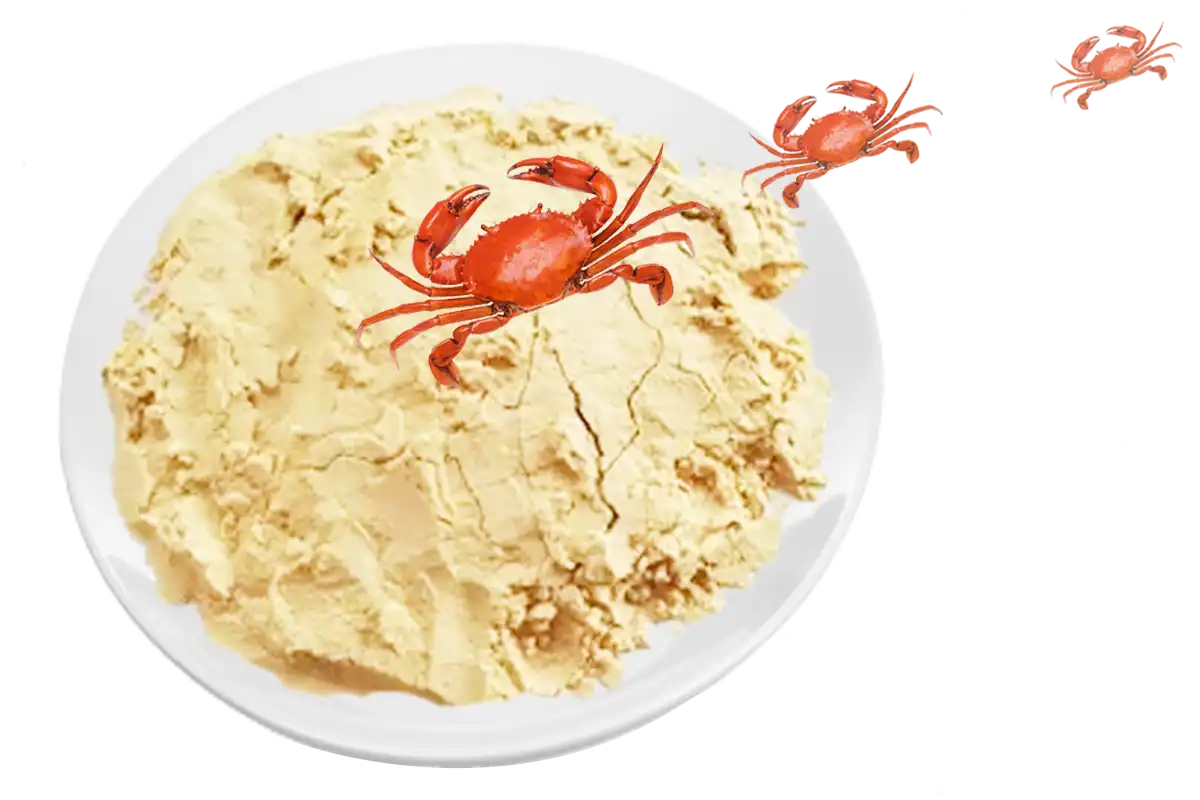
In the ever-evolving world of cosmetic science, the quest for natural active ingredients is timeless. Among them, Chito-oligosaccharides become an extraordinary sustainable option that provides various benefits for skincare and beauty products. We are looking at the properties of Chito-oligosaccharides, its advantages in cosmetic formulations, and its impact on the industry and consumers. Chito-oligosaccharides are known for their biocompatibility, biodegradability, and non-toxicity, making them a beneficial ingredient in cosmetics.



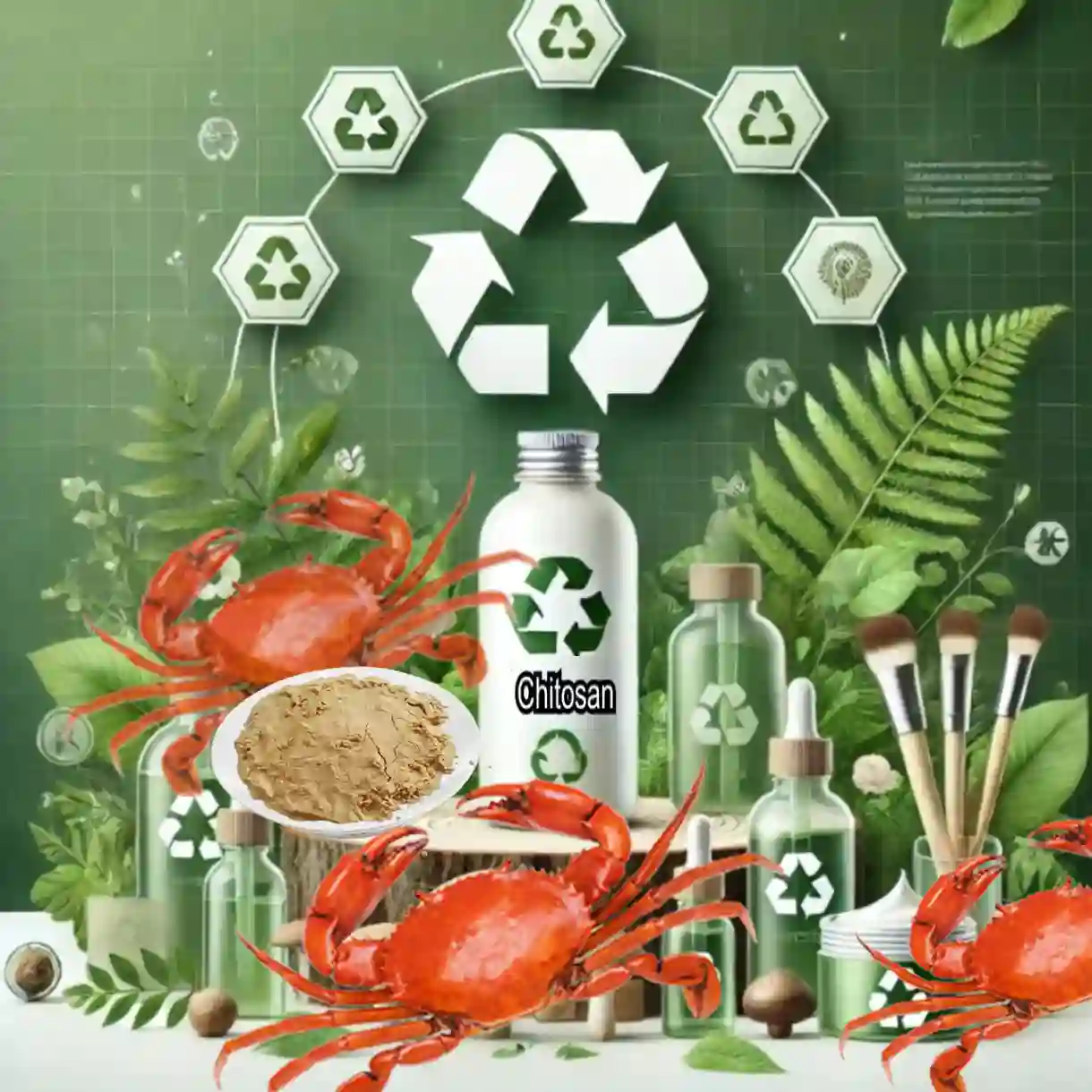
Market impact and consumer perception: The inclusion of Chito-oligosaccharides in cosmetics is a strategic move that aligns with the values of environmentally conscious consumers. Its versatile properties not only enhance product performance, but also resonate with the spirit of sustainable and natural beauty solutions. By adopting Chito-oligosaccharides, companies can improve brand reputation, differentiate their products, and tap into the growing natural beauty market.
The dosage of Chito-oligosaccharides in cosmetics varies depending on the type of product and the desired effect. Typically, Chito-oligosaccharides is used in cosmetic formulations in concentrations ranging from 0.1% to 2%. Here are some guidelines:
1For creams and lotions designed to moisturize or anti-aging, the optimal concentration of Chito-oligosaccharides is usually between 0.5% and 2%. This concentration range applies to:
Specific requirements for Chito-oligosaccharidesIn order to achieve optimal concentrations, the following requirements should be met:
By using an optimal concentration of Chito-oligosaccharides and meeting specific requirements, skincare products can effectively provide moisturizing and anti-aging benefits to the skin.
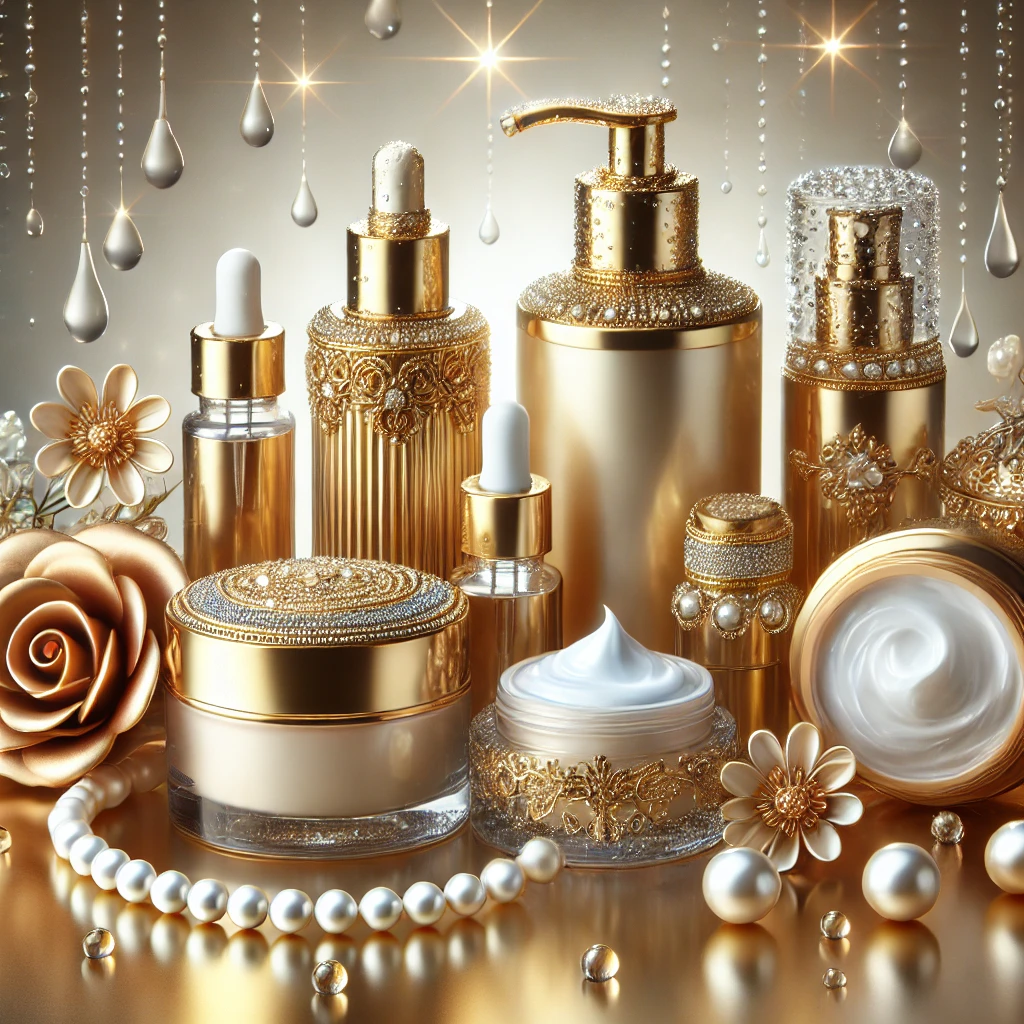
Chito-oligosaccharides are active ingredients in skincare products that target acne treatment or require antimicrobial properties. In these applications, Chito-oligosaccharides are typically used at lower concentrations, typically between 0.1% and 1%.
Effectiveness at lower concentrationsEven at lower concentrations of 0.1% to 1%, Chito-oligosaccharides can provide significant benefits in acne treatment and antimicrobial applications. This is due to its unique properties and mechanism of action:
Combined with other ingredients in acne treatment and antimicrobial applications, Chito-oligosaccharides are often combined with other ingredients to increase their effectiveness. For example:
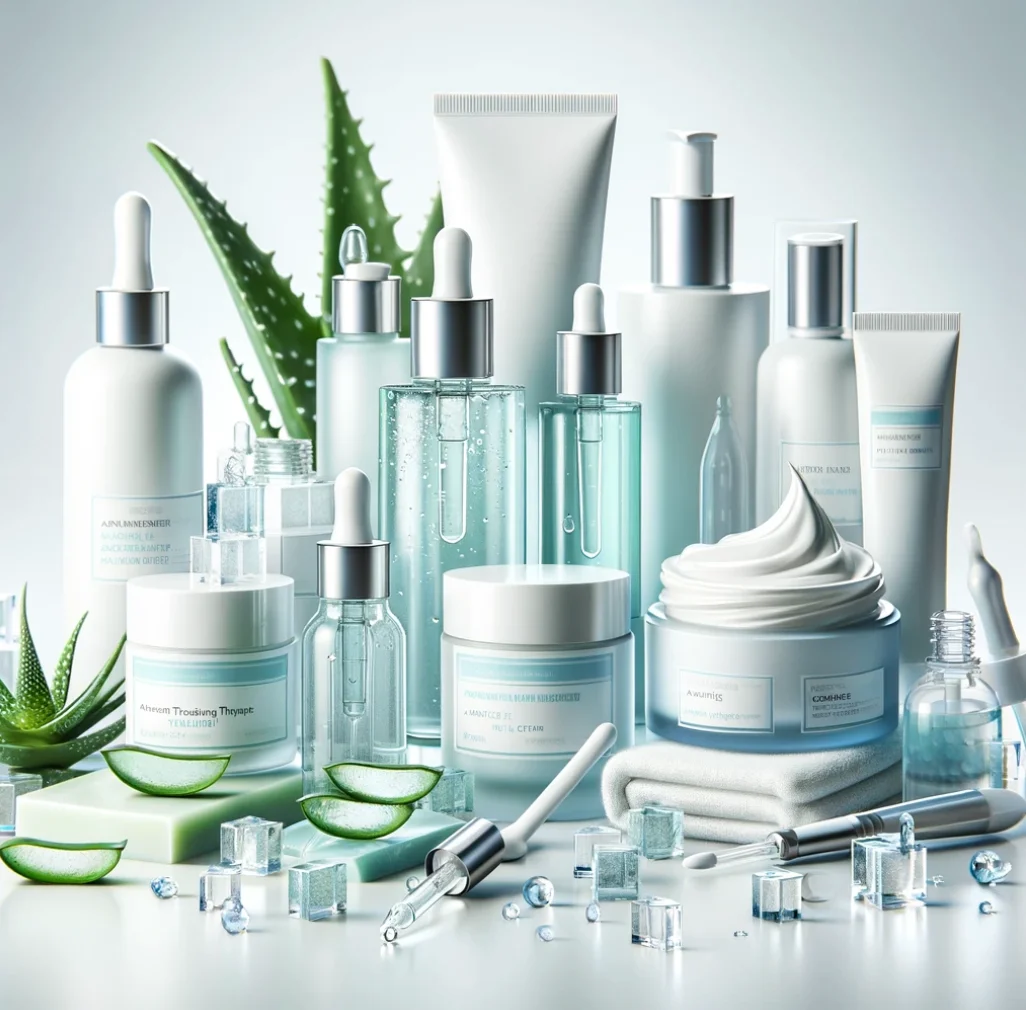
By using a lower concentration of 0.1% to 1% Chito-oligosaccharides and combining it with other active ingredients, skincare products can provide targeted and effective acne treatment and antimicrobial benefits.
Chito-oligosaccharides concentration in hair care products Chito-oligosaccharides is a versatile ingredient that can be used in hair care products such as shampoos and conditioners to provide various benefits. In these applications, the concentration of Chito-oligosaccharides is typically 0.1% to 1%. Benefits of Chito-oligosaccharides in hair care
Mechanism of action The benefits of Chito-oligosaccharides in hair care can be attributed to its unique properties and mechanism of action:
Combined with other ingredients in hair care products, Chito-oligosaccharides can be combined with other ingredients to enhance their efficacy. For example:
By using Chito-oligosaccharides at concentrations of 0.1 to 1 percent and combining them with other active ingredients, hair care products can provide a range of benefits, from improving hair texture and strength to enhancing hydration and reducing frizz.
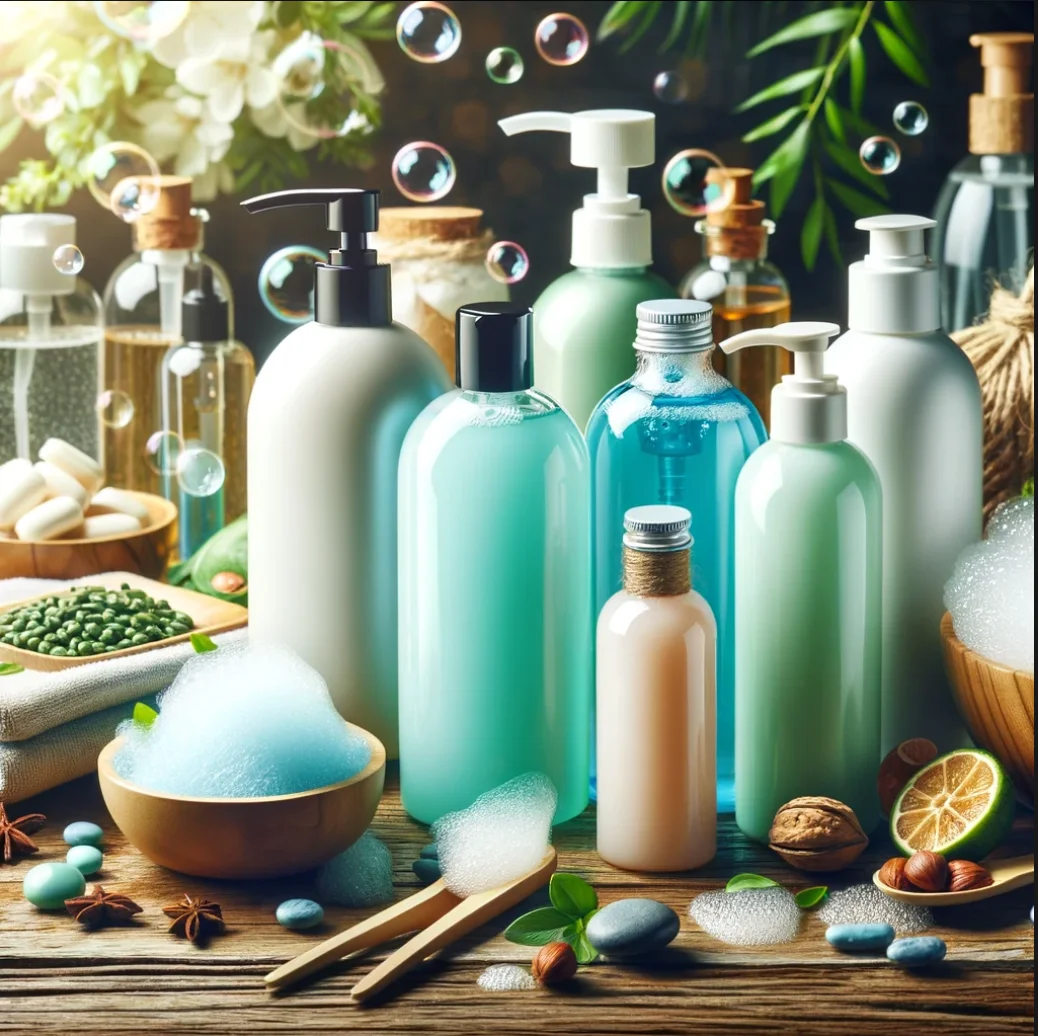
Chito-oligosaccharides in color cosmetics Chito-oligosaccharides is a usages of a wide range of ingredients that can be used in a variety of cosmetics, such as foundation and mascara, to enhance their performance. In these applications, Chito-oligosaccharides concentrations are typically between 0.5% and 1.5%. Benefits of Chito-oligosaccharides in cosmetics
Mechanism of action The benefits of Chito-oligosaccharides in cosmetics can be attributed to their unique properties and mechanism of action:
Combined with other ingredients in cosmetics, Chito-oligosaccharides can be combined with other ingredients to enhance their efficacy. For example:
By using Chito-oligosaccharides at concentrations of 0.5 to 1.5 percent and combining them with other active ingredients, cosmetics can provide a range of benefits, from improved stability and adhesion to enhanced hydration and overall skin health.

Chito-oligosaccharides is used as a stabilizer and preservative in cosmetic formulations Chito-oligosaccharides is a versatile ingredient that can be used as a stabilizer or preservative in various cosmetic formulations. Its concentration can vary from 0.1% to 2%, depending on the specific requirements of the product. Benefits of Chito-oligosaccharides as a stabilizer and preservative:
Formulation Considerations The following formulation considerations should be considered when using Chito-oligosaccharides as a stabilizer or preservative:

Combined with other ingredients: Chito-oligosaccharides can be combined with other ingredients to enhance their stabilizing and antiseptic properties.
It has a variety of benefits when used in perfumes and essential oils:
The dosage of Chito-oligosaccharides in perfumes and essential oils can vary greatly depending on the desired results and the specific formulation of the product. However, in such applications, Chito-oligosaccharides are typically used at relatively low concentrations, typically between 0.1% and 1%. For example, in spice embedding, the amount of Chito-oligosaccharides used will depend on the method of microencapsulation and the desired release profile. For stabilization and solubilization in perfume or essential oil mixtures, the dosage will depend on the volatility of the oil and the type of product formulated.
Optimizing the Dosage of Vegetable Chito-oligosaccharides in Cosmetic FormulationsWhen using vegetable Chito-oligosaccharides in cosmetic formulations, it is crucial to determine the optimal dosage to achieve the desired effect. However, the ideal concentration can vary depending on a number of factors, including:
Formulation TestingIn order to determine the optimal dosage of botanical Chito-oligosaccharides for a particular product, cosmetics manufacturers often conduct extensive formulation testing. This includes:

The importance of customizationGiven the variability in the effects of the plant Chito-oligosaccharides and the complexity of cosmetic formulations, it is essential to tailor the dosage for each specific product. This ensures that the product meets the required requirements for performance, stability and texture. Determining the optimal dosage of Chito-oligosaccharides in a cosmetic formulation requires careful consideration of a variety of factors, including the type of Chito-oligosaccharides, compatibility with other ingredients, and the desired product viscosity. By conducting comprehensive formulation testing and customizing the dosage of each product, cosmetics manufacturers can unlock the full potential of the plant Chito-oligosaccharides to create effective, stable, and attractive products.
Chito-oligosaccharides is a testament to the potential of natural ingredients to revolutionize cosmetic formulations. Its multifaceted benefits, from enhanced skin health to sustainability, make it a valuable addition to cosmetic ingredients. As the industry continues to embrace green science, Chito-oligosaccharides are expected to play an important role in innovative and serious beauty product development.
Chito-oligosaccharides derivatives: natural alternatives to synthetic cosmetic ingredients
Chito-oligosaccharides derivatives are effective in replacing a variety of synthetic ingredients in cosmetics, including:
The service has a warm connection with the customer